| Altri nomi | Lame per la produzione di sacchetti, Coltelli per tagliare sacchetti, Lame per perforazione di sacchetti, Lame a forma di T, Coltelli seghettati, lama seghettata per confezionatrice verticale, Coltello dentato per macchina confezionatrice verticale, Lama seghettata per confezionamento verticale, Coltello dentato per confezionamento verticale, Lama seghettata per confezionatrice verticale |
|---|---|
| Luogo d'origine | Cina |
| Applicazione | Plastica, Imballaggi, Buste, Rotoli |
| Materiale | Acciaio al carbonio |
| Numero di modello | CV-BM |
| Servizio dell'OEM | Disponibile |
| Termini di pagamento | L/C, T/T, Western Union |
| Pacchetto | Scatola di cartone, In casse di legno |
| Tempi di consegna | 7-20 giorni |
Condividere a:
Packaging blades, also referred to as packaging machine knives, are specialized cutting tools designed for integration into packaging machinery. These blades perform a variety of cutting, slitting, perforating, and sealing tasks essential for preparing and processing packaging materials like films, foils, paper, cardboard, and various other flexible or rigid materials used to contain and protect goods. The term “packaging blades” is a broad descriptor encompassing a wide array of blade types tailored to the specific demands of different packaging equipment and processes.
Packaging blades are fundamental components in a multitude of automated packaging processes across diverse industries. Their applications are extensive and include:
The selection of materials for packaging blades is crucial to ensure food safety (where applicable), resist corrosion from various product and packaging material interactions, and maintain a sharp, durable cutting edge for consistent, high-speed operation. Common materials include:
Surface treatments and coatings like Titanium Nitride (TiN) or Chromium plating are often applied to enhance surface hardness, reduce friction, and improve resistance to wear and corrosion, thereby extending the lifespan of packaging blades.
Packaging blades are manufactured in a wide variety of shapes and edge configurations to match the specific cutting or sealing mechanisms of different packaging machines:
The working principle of packaging blades varies depending on their function and the machine they are integrated into. Cut-off blades typically employ a shearing action against a fixed anvil or another moving blade. Sealing knives use heat and pressure to fuse and cut films. Rotary blades provide continuous cutting as they rotate against the material. The precision of the blade’s geometry, the sharpness of its edge, the applied force, and the synchronization with the machine’s operation are all critical factors in achieving clean, accurate cuts and reliable seals in packaging processes.
Benvenuto a chiedere informazioni!
If you don’t find the blade you are looking for, we can also customize it. See our “Lame personalizzate" per scoprire come!
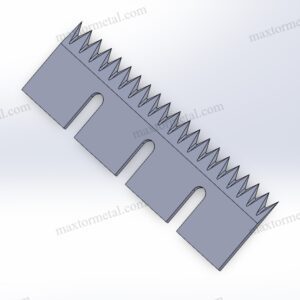
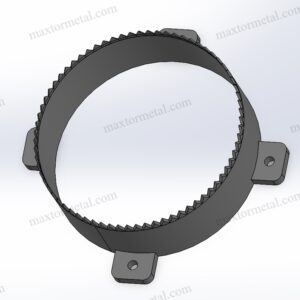
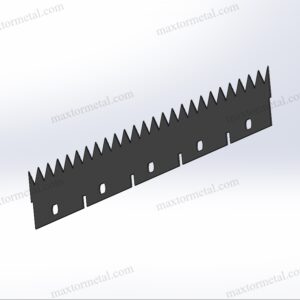

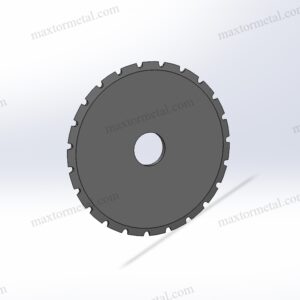
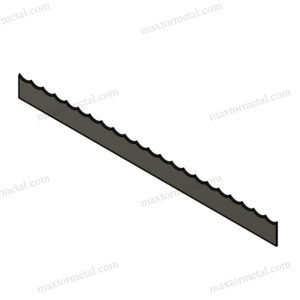
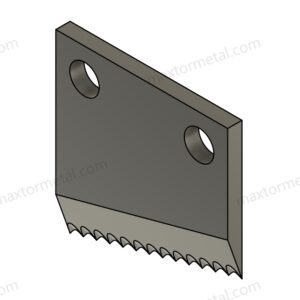
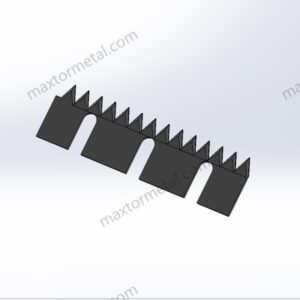

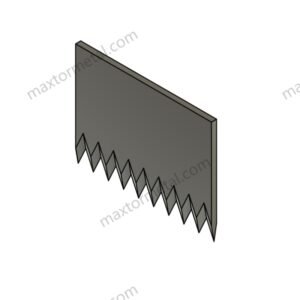
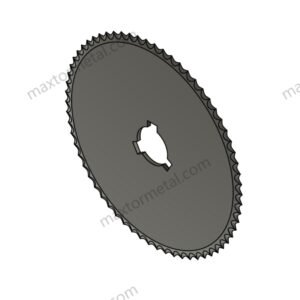
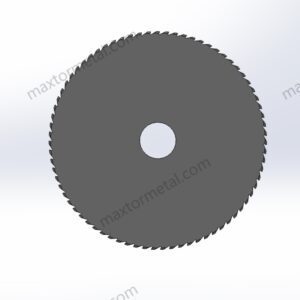
È facile usufruire della comodità dell'importazione: dal trasporto allo sdoganamento, ci occupiamo dell'intero processo, tu devi solo pagare l'IVA e attendere che la merce arrivi in azienda.
Abbiamo visto le sue lame utilizzate in innumerevoli applicazioni ed è pronto a gestire qualsiasi progetto ci venga proposto, offrendo precisione, durata e prezzi competitivi senza pari.
Che tu fornisca disegni, schizzi o campioni, siamo in grado di disegnare e produrre per te. Abbiamo anche la capacità di assistere nella modifica di progetti e specifiche esistenti per migliorare quasi ogni applicazione di utensili industriali. Contatta il nostro team di vendita dedicato per discutere le tue esigenze specifiche.
Per controllare la qualità vengono eseguiti una serie di test e ispezioni, tra cui l'ispezione del primo articolo, l'ispezione del materiale in entrata e dei materiali certificati, l'ispezione della qualità in corso di lavorazione e l'ispezione della qualità finale.
Che tu sia un importatore, un distributore, un grossista o un utente finale, ti invitiamo a unirti a noi con un MOQ minimo, nessuna seccatura per le richieste e maggiore libertà di acquisto.
Diventa il tuo monitor esclusivo, trasmissione regolare di ogni nodo importante nella linea di produzione, non importa quanto lontano, per comprendere il progresso del prodotto il più lontano possibile!
Nanchino Metal Industrial CO., Limited
Parco industriale Mingjue, Lishui, Nanchino, Jiangsu, Cina
Rimani aggiornato con le nostre ultime novità.